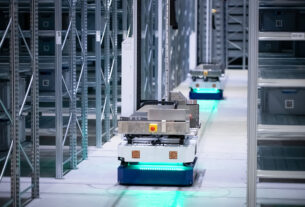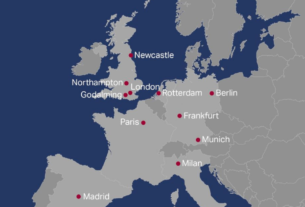If I ask you to imagine a cyclist, what do they look like? If, like me, you live in England, there’s a good chance that the first image which pops into your head is of an office commuter: professional clothes, helmet and trouser clips, weaving past buses in rush hour.
That’s not everyone’s first image of a cyclist, of course. In the Netherlands it might more likely be a parent taking their child to school. In much of the US, where bicycle commuting is less common, it might be a racing cyclist like Lance Armstrong. Here in the UK, just seventy years ago and before cars became widely affordable, bicycles were the dominant mode of transport for the working class, so our mental image may have been of someone on their way not to the office, but to the factory site.
The new EV driver
The point is that, while these gut feelings about types of people don’t reflect the full complexity of a situation, they do tell us a lot about where something sits in society. A couple of decades ago, the image associated with electric vehicles was probably of a well-off environmentalist driving an impractical car to make a point. As the technology matured, that was replaced by the tech enthusiast, with Tesla becoming a symbol of Silicon Valley wealth – and an aspirational status symbol to boot.

Today, that image is changing again. As prices fall, ranges expand, and governments incentivise EV purchases, we’re watching mass adoption really take hold. As that happens, logistics professionals will need to reconfigure how they think about EVs. In particular, as they become the norm, expectations around how logistics operate will change, and businesses will need to be
ready to both match those expectations and lead the way on electrification. It’s important, then, for all of us to be familiar with where the public’s opinion is moving.
Who’s driving the market?
In order to learn more about this shift, we recently ran a research project interviewing prospective EV buyers, asking in particular what they want from charging and what they fear. Not content with just one likely portrait – which, again, would miss a lot of nuance – we identified six important buying groups, from the ‘happy optimists’ who have their family’s health and safety close to heart to the ‘confident researchers’ who are willing to invest effort into learning everything they can before making the leap.
There’s a lot that’s encouraging in the data. Almost half of the people we spoke to agreed that it’s important that people switch to EVs, and the most important features they want from charging – for it to be fast, safe, and cheap – are things that we know how to deliver.
NewMotion, as our Silver Sponsor, will deliver an insightful talk at ‘Delivering Green: Creating Sustainable Supply Chains’ Conference, organised by The Logistics Point on 11th May at 10 am UK time. Register Now! ✷
At the same time, however, we found only middling confidence that charging actually will be fast and cheap, and in general there’s little confidence that charging solutions will be cheap to purchase in the first place.
With EVs still, on the whole, coming in at higher price points than their traditionally-powered counterparts, there’s still work to be done to create confidence in the investment. Moreover, only one of the groups we found – the ‘excited innovators’ – seem likely to buy into EVs simply because they are EVs. From here on out, there will be harder work to do winning people over to EVs and EV infrastructure.
That’s another reason why businesses – whether they are operating commercial fleets or providing infrastructure for employee and customer vehicles – have such an important role to play in this transformation. The goal, as ever, is smarter, cleaner mobility, and for that we need a view of EVs which is more like Amsterdam’s approach to bikes than the US’s. As well as directly reducing their emissions, organisations which invest in electrification are helping to make EVs the new normal, and proving that that gap is rapidly closing.
Businesses leading the way
Just as our mental image of the cyclist, however, might be misleading, it will take time for ideas of EVs being out of reach or impractical to fade from the popular consciousness. The truth is that the gap between expectations and reality is probably, for many people, smaller than they realise.✷
From 0 to 200k
It took NewMotion 10 years to reach its 100,000 charge point milestone, which was achieved back in March 2019. Within two years, NewMotion doubled this figure, reflecting the speed and rate at which the EV industry is growing. For EV drivers looking for accessible and affordable, on-the-go charging, being given access to over 200,000 charge points enables drivers to roam seamlessly across Europe. As a Shell Group company, the continued growth of NewMotion’s operated charging network will support Shell’s ambition to operate 500,000 charge points by 2025.



